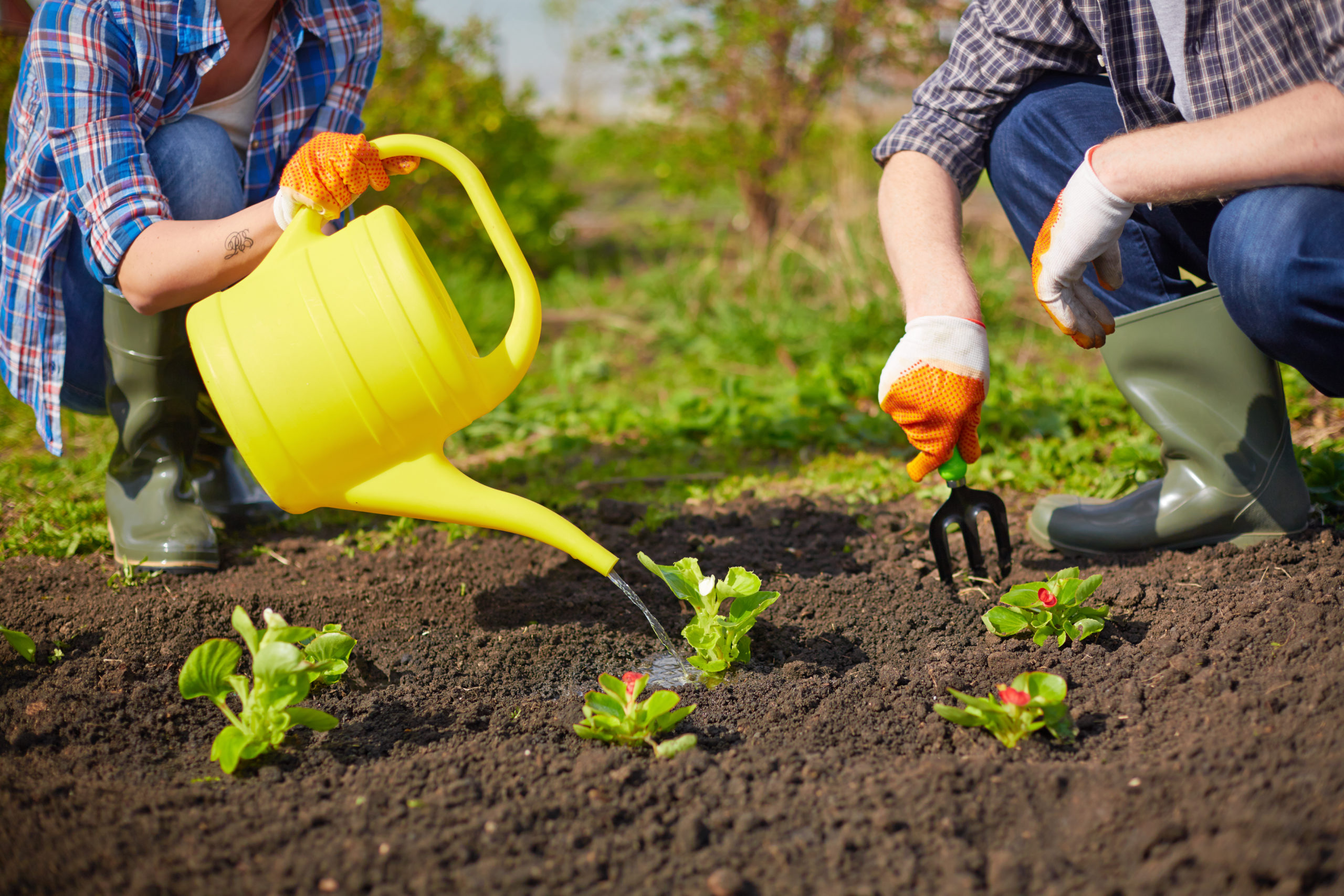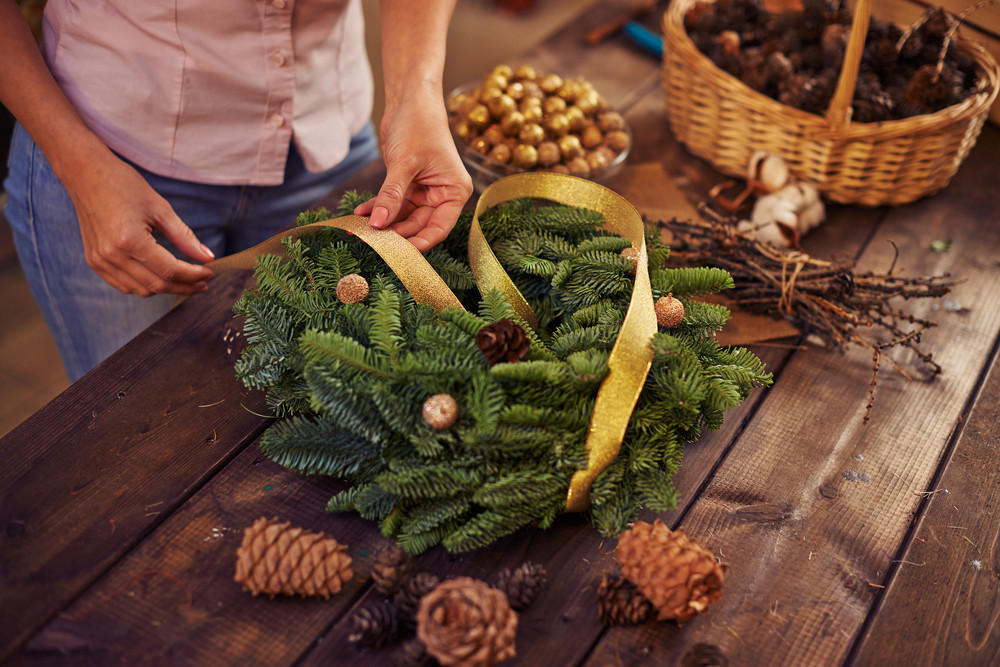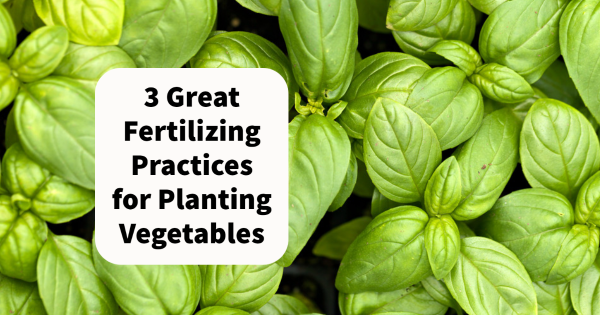
4 Planting Ideas for New Gardeners
August 19, 2022
Why Poinsettia and Wreath Fundraisers Are Great Ways to Generate Funds for Your Group
September 20, 2022Plating vegetables, both on a small scale and large scale, requires proper nurturing of the soil for maximum production. Fertilizing practices add the needed nutrients to the ground to help plants grow at a standard rate. Different people input varied mechanisms when adding fertility to the soil. Here are some of the most effective fertilizing practices you can use.
Adding Organic Manure
Organic manure is a product of dead plants and other animal waste. Earth warms or waste from animal farms helps produce organic fertilizers for large-scale vegetable production. Planting vegetables such as lettuce and cucumbers help them grow at their full potential with the appropriate amount of manure. Organic manure is also cheaper than other forms because people can prepare it at home with the proper materials.
Adding Inorganic Fertilizers
Inorganic fertilizers are soil additives that provide the soil with nutrients such as phosphorus, calcium, and other minerals that provide nutrients in the ground. Inorganic manure is produced in industries and sold to farmers. Inorganic fertilizers require less effort compared to inorganic waste. They have no scent, making them appropriate when planting vegetables near the house. There are different fertilizers specified for different stages of vegetable growth. For instance, phosphate fertilizers are used before plating because the absorption rate of phosphorus is slow. Phosphorus is essential for the food-making process and the development of vegetables. Plants require other fertilizers at different growth stages. It’s crucial to ask your supplier for the appropriate fertilizer to apply at a given time.
Adding Compost
According to Florgeous, at least 8 in 10 homes practice some gardening in their homes. Making a small compost pit in your backyard for your vegetables is easy. All you need is to dig up a shallow hole in the ground and ensure biodegradable waste gets into the pit. You can cover your compost to help bacteria with warmth to help in digesting the dead plants. Compost can take up to eight months to mature, so you should ensure that your manure is ready before putting it in your garden. The method is inexpensive and helps you manage kitchen waste.
When planting vegetables, keep in mind that they will need nutrients from the soil for proper growth. You can use fertilizers when growing, before sowing, or for topdressing. Before using any fertilizers, it’s essential to understand how and when to use them. Call us to help set up a compost pit in your backyard garden which will help you reduce and reuse waste and keep the environment clean!





